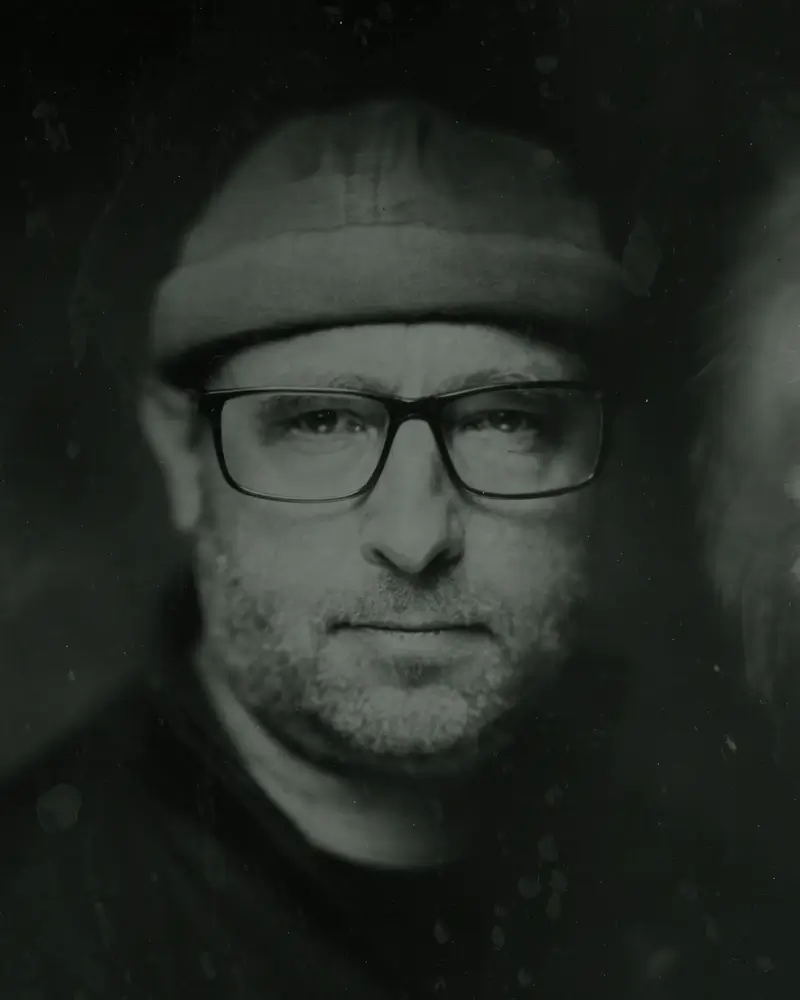JJ Jordan is a visual artist, graphic designer, and photographer based in Surrey, UK. Working with both digital and analogue photography he creates monochrome, blurred, layered, or multi-exposed visual metaphors that favour ambiguity over certainty. Jordan’s work is deeply informed by personal experience, influenced by the dreamlike narratives of Murakami, Schulz, and Kafka, and the surreal aesthetics.
Artist Statement
My work explores the fragile line between perception and reality, between what is seen and what is felt. Through experimental portraiture and conceptual photography, I aim to question visual certainty and challenge the camera’s claim to truth. Often working in monochrome, and drawing on both digital and analogue processes (while deliberately excluding AI), I construct images that blur, layer, or distort, embracing ambiguity over resolution.
Themes of memory, identity, and absence run through much of my work. Figures appear half-seen or obscured, more like echoes than individuals, suggestive rather than declarative. A blurred face, a painted square, a fleeting gesture, each becomes a site of tension between presence and disappearance. I am less interested in documenting a subject than in evoking the trace they leave behind: a flicker, a feeling, a fragment.
Influenced by the surreal visual languages of art history and by the dreamlike narratives of Murakami, Schulz, and Kafka, my photographs often borrow from the whimsical and the uncanny. I aim to create images that invite pause, a space for wonder, doubt, and emotional reflection.
Born behind the Iron Curtain and shaped by time spent across cultures, my perspective is rooted in a sense of displacement and layered experience. My portraits are not confessions; they are invitations, open-ended and unresolved, like memories still in the making.
Awarded Photographer of the Week - Week 24
